Ko te Kaupapa o tēnei wiki e pa ana ki ngā tangata whenua o Mehiko, nā reira kāore I kore ko tēnei Kaupapa, he Kaupapa rongonui mōku.
Tuatahi kia maumahara tōnu ai ahau, hei āta marama ahau ki ngā ahuatanga nui o ngā tangata whenua o tāwahi, me mōhio pū ahau ki te hītori o tēnei rōpu, hei atā marama I ngā momo tikanga e hāpai ana ki era momo tangata. Na reira ko tēra te tino ngana o tēnei wiki, ko te marama ki te hītori o ngā tangata whenua o Mehiko, no ngā ra o mua, I mua ake I ngā momo kupu korero e pā ana ki te hītori o Aotearoa, hoki rawa atu ki ngā wa I mua I te whanau mai o Hehu Karaiti, whai atu. Ngā momo pūrakau e pa ana ki nga Kohatu Keokeo o Mehiko. E rua hoki ngā momo kohatu keokeo, te koeko o te rā, me te koeko o te pō. He mahamaha ngā korero e pā ana ki tēnei wāhi rongonui, engari ko tetahi mea rongonui mōku, he taonga ēnei koeko, e mau tonu ana I te hītori o ngā tangata whenua o Mehiko, rite tonu ana ki a Aotearoa me ngā Māori, ko o tatou Maunga o tatou nei tipuna, ahakoa ki ētahi he maunga noa iho, ki ngā tangata whenua o te wāhi, he Rangatira, he tipuna, he tohunga e mau tonu ana I ngā korero, I ngā pūrakau o nehera. Na reira me manaakitia ai, hei mau tonu ai ēnei maunga nei, I ngā korero rongonui o o tatou tīpuna, hei mōhio, hei akona o tatou mokopuna, ngā Rangatira mō apōpō.
Tuarua, I tae atu tōku rōpu ki te Whare Tongarewa o te Matauranga Tikanga Tangata ki Mehiko, tētahi o ngā Whare Tongarewa nui rawa huri noa I tēnei ao, nā reira kāore e kore, I tae atu tatou ki te titiro atu ki ngā momo taonga, ngā momo pou kohatu, ngā momo pūrakau, pounamu rongonui ki ta ngā tangata o Mehiko. Aue, te ataahua hoki, kei ia kohatu iti, kohatu nui hoki he kōrero, he tohu rongonui, he hoaketanga rongonui, na reira ka taea e au kitea, te rongo I tēra wairua, te wairua o ēnei momo taonga, me ngā reo a ēnei tipuna, I roto I ēnei tohu, I ēnei momo pikitia, he karanga me āta whakarongo, hei rangona ai I te korero.
Kāti rā, I whakapau kaha ai to tātou Kaiako, ki te tohatoha ai I ēnei kōrero o ōna tangata, hei mau ai tatou ki ngā tino ahuatanga, ngā tino putaketanga e pa ana ki ngā tangata whenua o Mehiko, nā te mea, kore rawa ka rongo I ēnei momo kōrero mā runga paoaka whakaata, mā roto hoki I ētahi o ngā pukapuka, na te mea, kāore ka kitea. Ara, inā ka kitea, ko ngā momo korero hei whakakino ai I ngā tangata whenua o Mehiko, hei whakaritea e te katoa I ngā tangata whenua o Mehiko, hei taniwha, hei koretake, era momo ahuatanga kua karangaranga atu ai e era atu tangata mō mātou. Na reira he rite tōnu enei momo ahuatanga kino hoki, me era ahuatanga pai I whaikōrero ai e to tatou Kaiako kia mātou. Engari ki ahau nei, ka kitea anō hoki ia ra, ia ra, ki roto I ngā ahuatanga kua whakakotahi ai I te whakamaramatanga o te putaketanga o te tangata e tu ai hei tangata whenua ki roto I tēnei ao.
Nā reira he whanau kotahi ai tātou I roto I tēnei whawhai mō te tino rangatiratanga, mō te mau tōnu I to tātou reo, me o tātou tikanga hoki. Whanaunga ki te whanaunga, me whakakotahi ai tatou ngā tangata whenua o te ao.
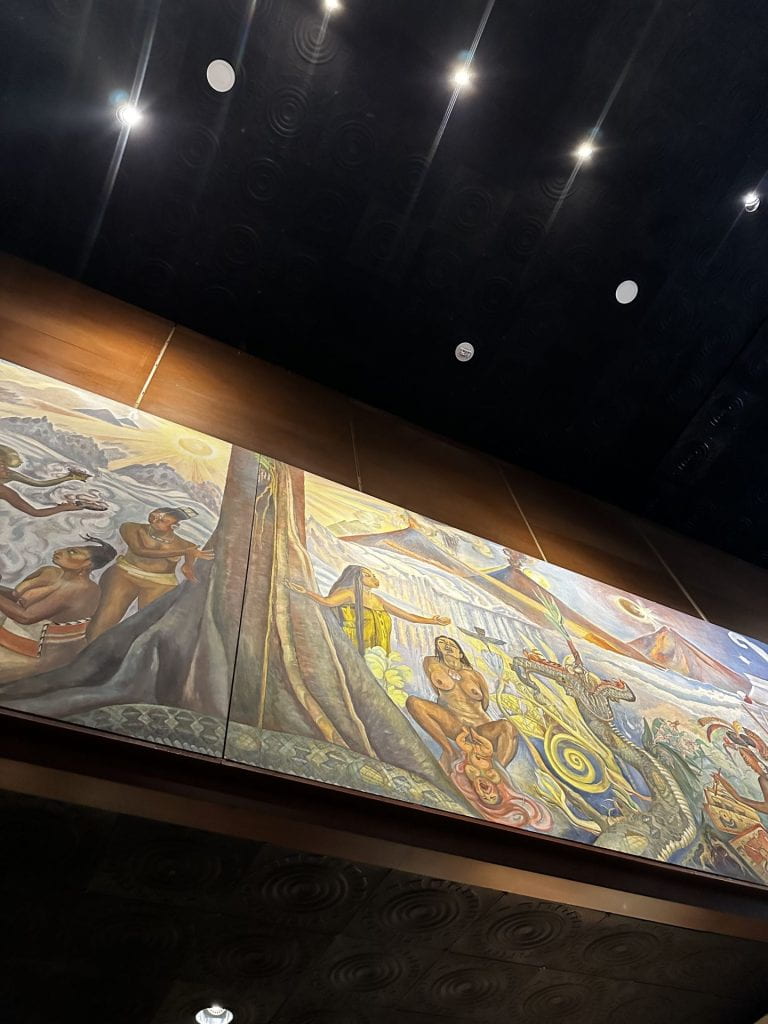
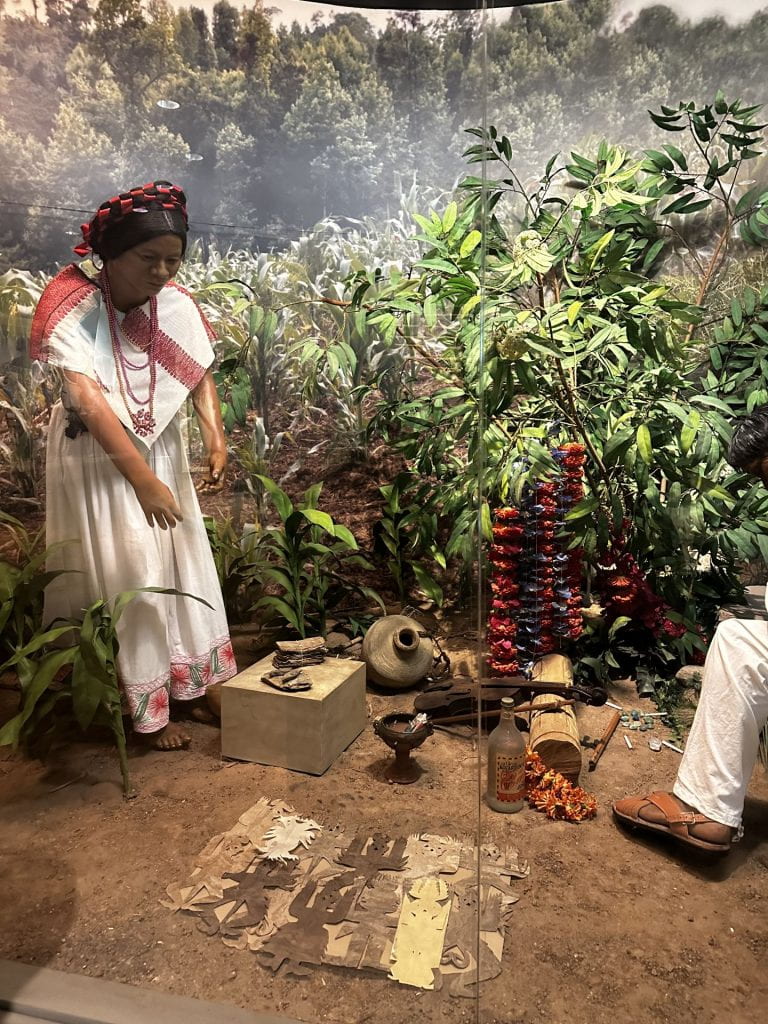
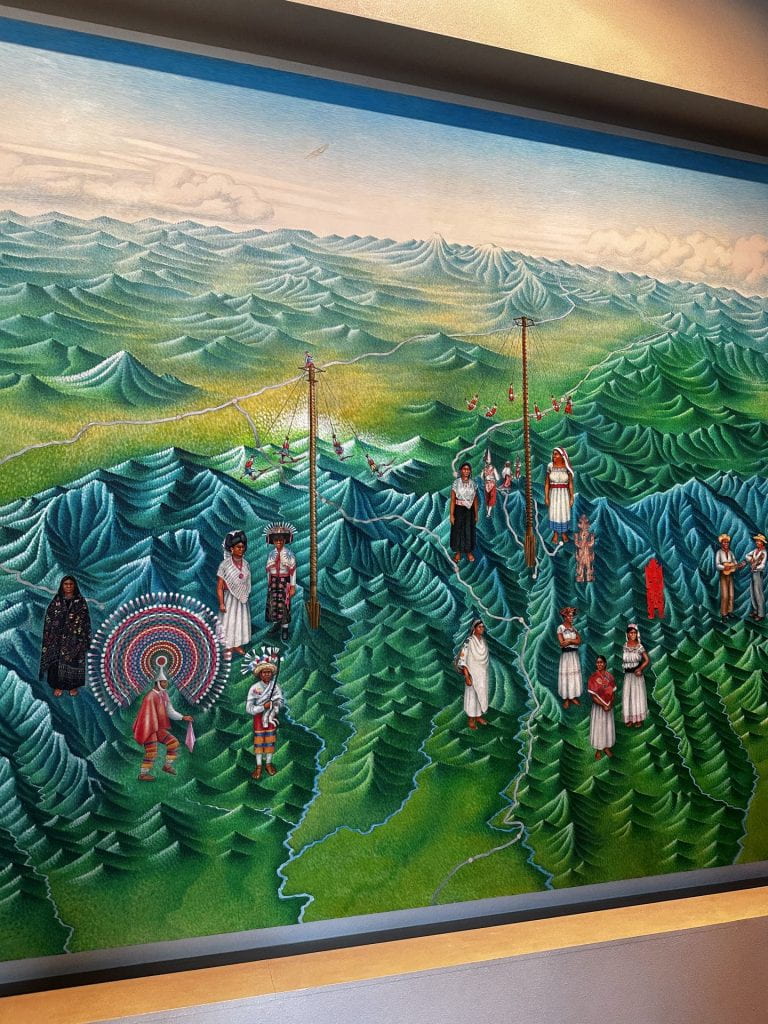
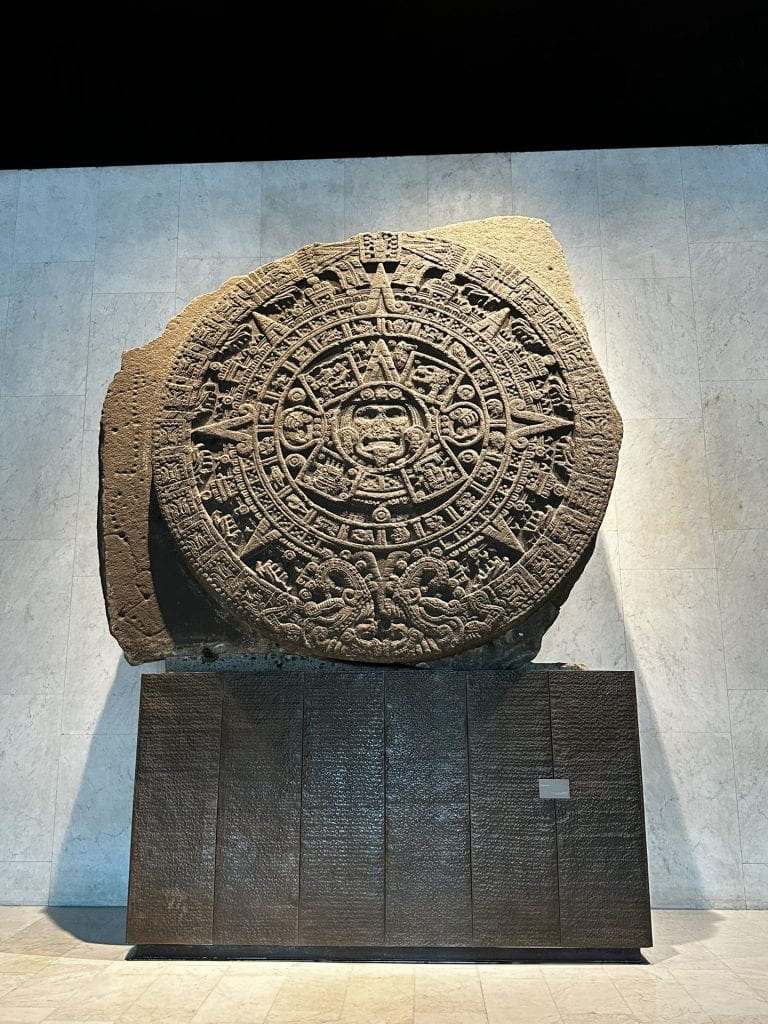
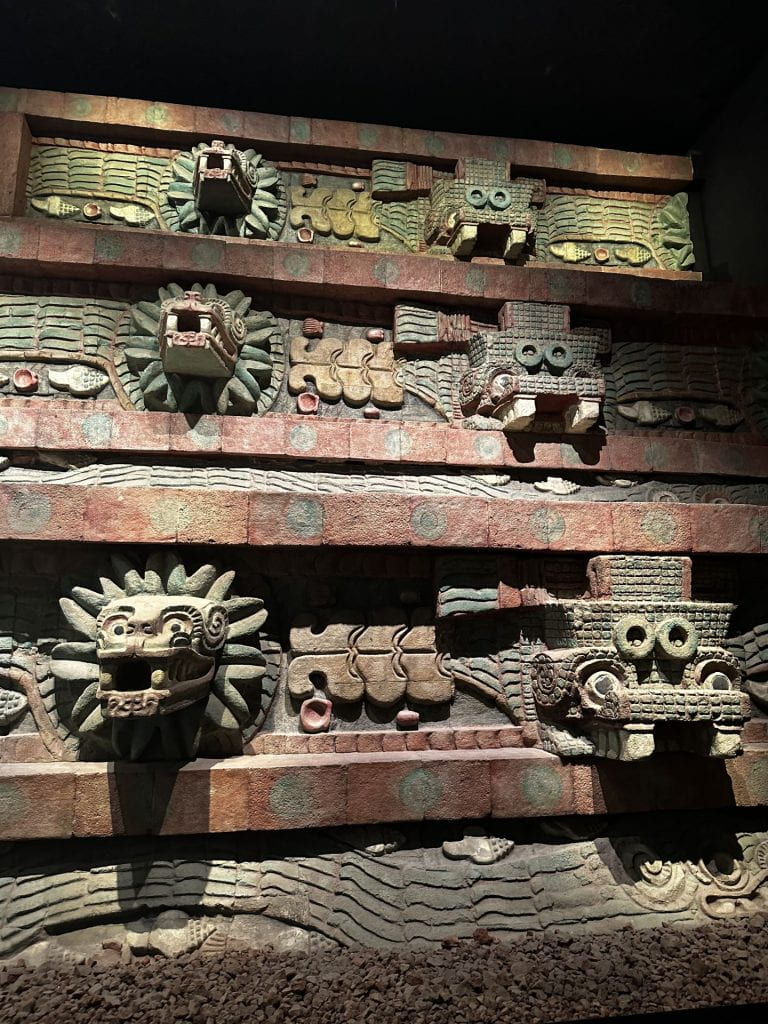
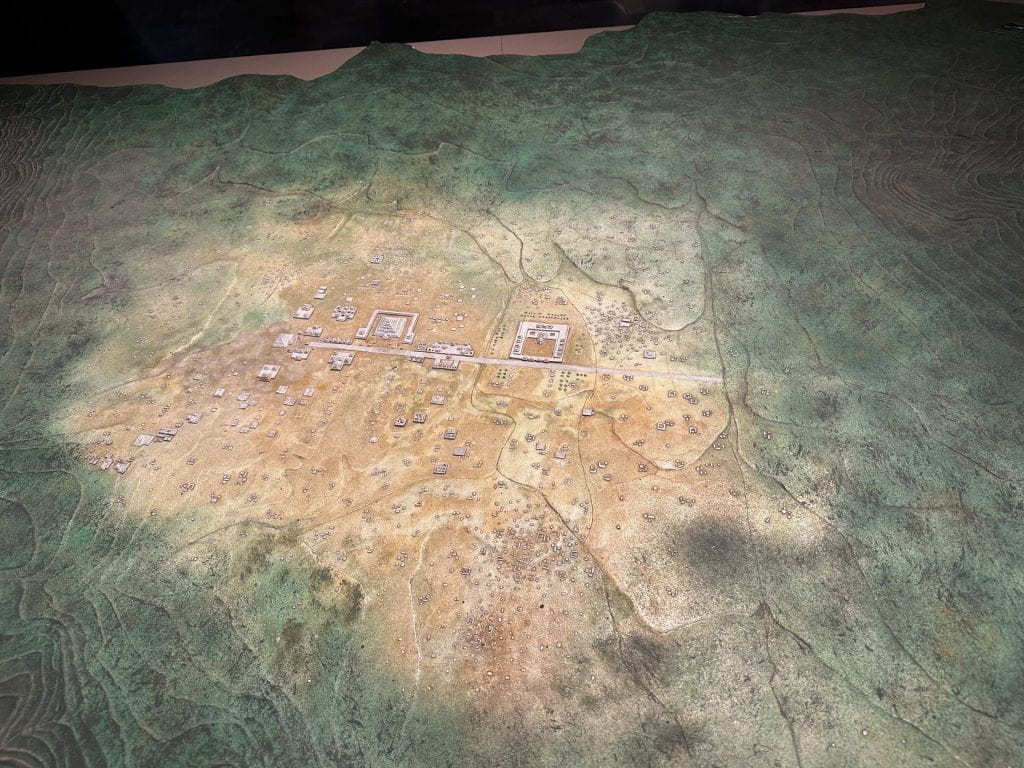

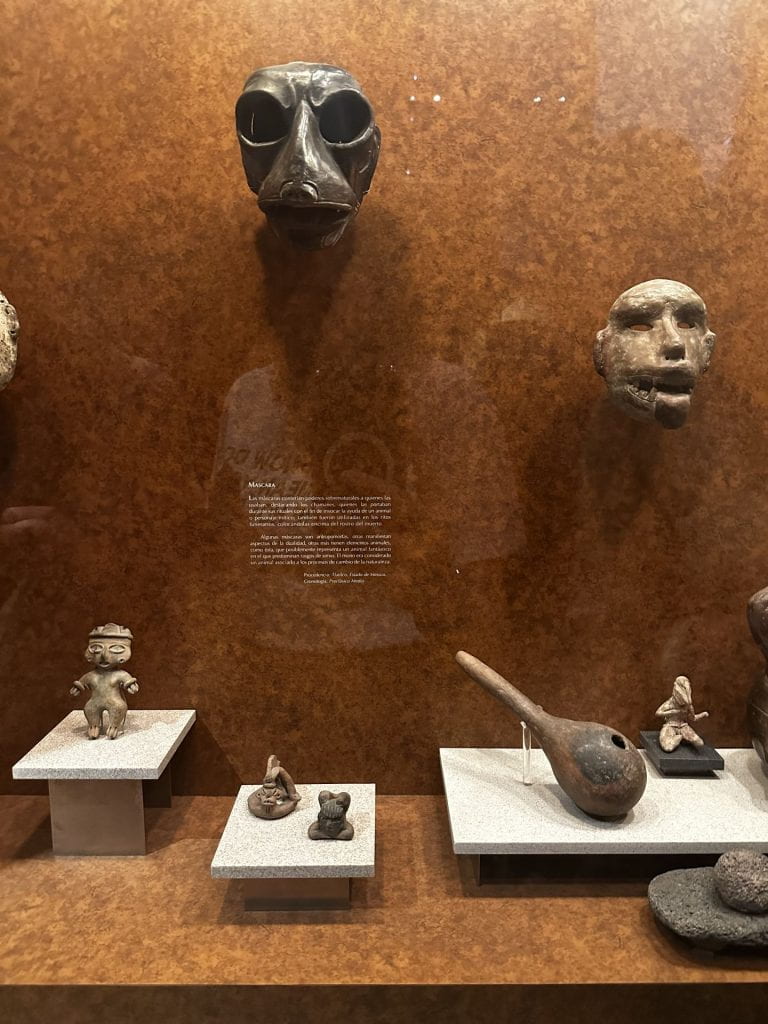
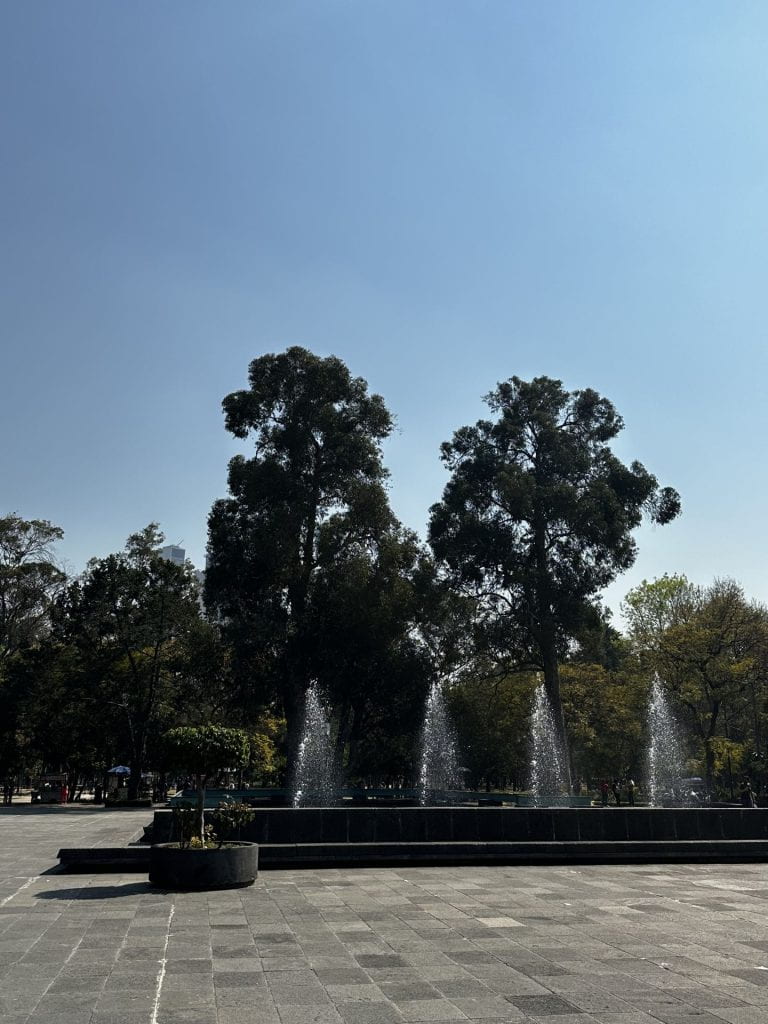

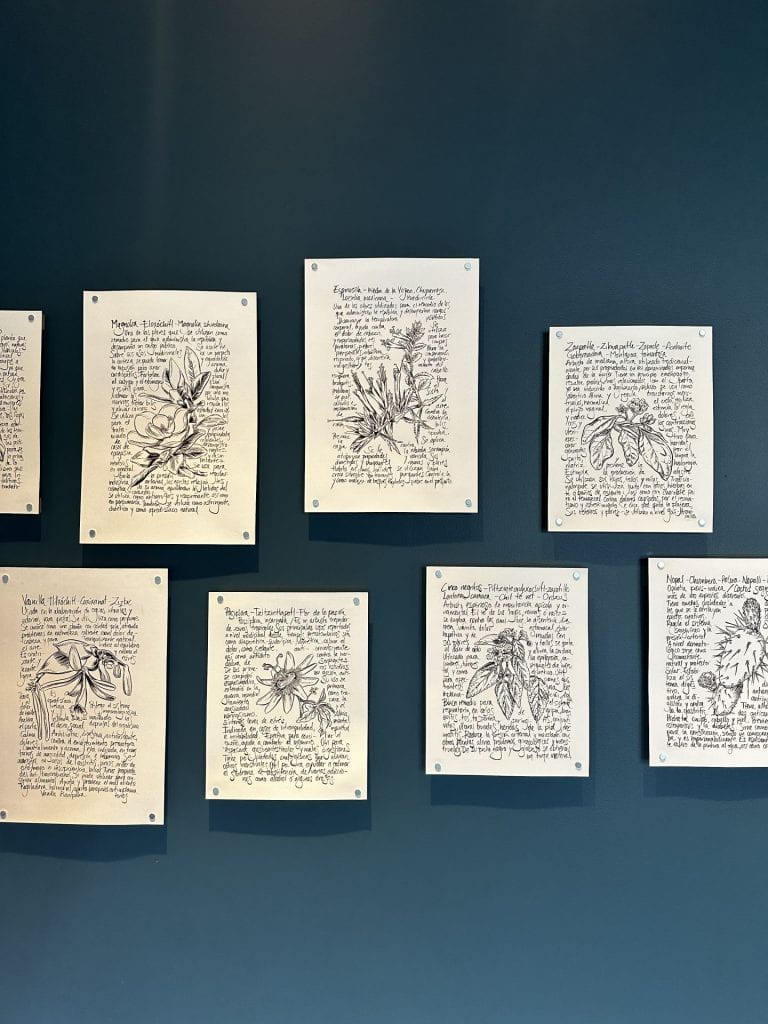
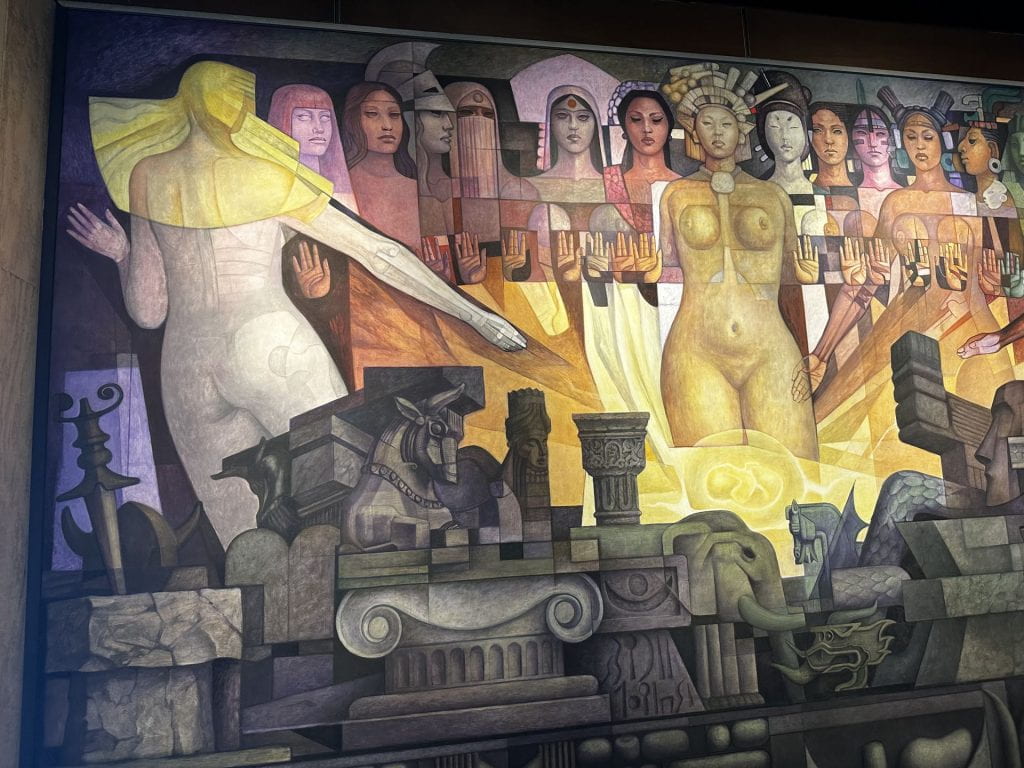
English Translation
This week’s topic was on Indigenous People, especially here in Mexico, and no doubt this week’s topic is such an important topic for me.
First, I had to remember that, to ensure I understand the ways of Indigenous Peoples, I have to know their history to know the purpose behind the roots of the practices and customs that relate to the Indigenous People here in Mexico. So firstly, to begin this week, we really had to dive deep into the history that makes Mexico and the stories and mythologies. These stories go back far beyond the recorded history of New Zealand and go beyond the birth of Jesus Christ himself, and far beyond. One significant aspect that I took away was in relation to the history of the Teotihuacan Pyramids, and how these pyramids have significant stories and symbolisms that constitute the environment in some type of way and are an integral part of Indigenous History, and how the Pyramid of the Sun and the Pyramid of the moon have a specific symbolism that is integrated into Indigenous Customs and Practices, which in many ways reminds me of the Māori in New Zealand and how we consider the mountains and hills around us as our ancestors, some symbolical being that holds not only our stories and mythologies, but holds our practices, and the stories of our ancestors of back then. So, in order to protect our culture and customs, we must respect and take care of these cultural symbols of our ancestors because they hold the stories and customs critical for our children and leaders of tomorrow.
Secondly, we went to the Museum of Anthropology, one of the largest Museums in the world, and without a doubt, the significant treasures, possessions and goods of the people of Mexico back then, the statues out of stone, the many stories, all so beautiful and such an amazing thing to experience. Throughout, you could feel the essence of Indigeneity, the spirit and voices of their ancestors that each of these significant treasures hold, and if you listen closely, you are able to feel and hear these voices so clearly. Not only was it a museum, but a protection of those voices.
Lastly, our teachers for Indigenous Week were some of the most passionate teachers I had ever encountered, and for us to really grasp the realities of the customs and practices of Indigenous Communities throughout Mexico, they were very adamant about us understanding Mexican history from the start to really gain a sense of deep understanding of their ways of living and why things have come to be today. But also they did not shy away from the realities faced by the Indigenous Communities here in Mexico, and how the similar perspective and stereotype that correspond with Indigeneity, of being perceived as these other types of species is a reality that feels far too familiar for me, and that’s unfortunate that many Indigenous Communities within Mexico experience the same experiences. However, it also shows that Indigenous Communities should remain reunited if we have a chance of facing these impacts.
So overall, we are all one Indigenous Body fighting for the same rights and sovereignty to protect our language and our customs. We are cousins, a family that is fighting for the same cause as Indigenous Peoples of the world.